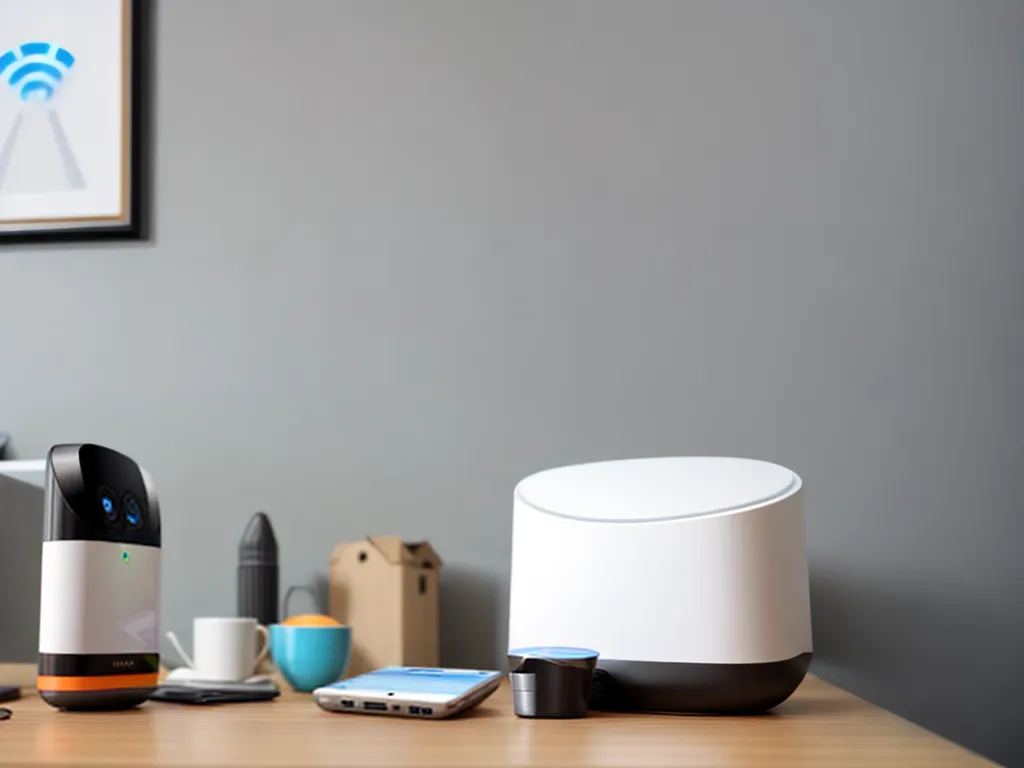
Use a Strong Password
Choosing a strong wifi password is one of the most important steps to securing your home network. Your password should be at least 12 characters long and include uppercase and lowercase letters, numbers, and special characters. Avoid using personal information or dictionary words that could be easily guessed. I regularly update my wifi password every 3-6 months to ensure maximum security.
Enable WPA2 or WPA3 Encryption
WPA2 or WPA3 encryption prevents unauthorized users from intercepting your wireless traffic and gaining access to your network. WPA2 has been the standard for many years, while WPA3 is the newest protocol with enhanced security features. I make sure my wireless router uses the latest WPA3 settings for optimal protection of my home network data.
Change the Default SSID
The default SSID (network name) that comes with your wireless router often identifies the make and model. Changing this to a custom name makes it harder for others to know what type of router and security you are using. I changed my network SSID to a unique name that does not identify my router brand and model.
Disable WPS
WPS (WiFi Protected Setup) allows devices to easily connect to your network by entering a PIN or pushing a button. However, this also makes it easier for hackers to gain access. I ensure WPS is disabled on my wireless router for maximum security.
Use a Firewall
A firewall creates a barrier between your trusted home network and the untrusted public Internet. This prevents unauthorized remote access to your devices and services. I utilize the built-in firewall on my wireless router and also have firewall software installed on each of my computers and mobile devices.
Enable MAC Address Filtering
MAC address filtering allows you to specify which devices are allowed on your network by their MAC addresses. This prevents unauthorized devices from connecting even if they have the wifi password. I keep an updated list of all trusted devices and enable MAC address filtering on my wireless router.
Update Router Firmware
Outdated wireless router firmware can contain security vulnerabilities that could be exploited by hackers. I regularly check the manufacturer website for the latest firmware updates and apply them promptly to ensure I have patched any discovered vulnerabilities.
Use a Guest Network
A separate guest network allows visitors to use your wifi without giving them access to your main home network and devices. I configured my wireless router to broadcast a separate guest SSID with its own password for visitors to my home. This keeps my primary network isolated and secure.
Position Your Router Securely
Physically placing your wireless router in a central and secure location can help optimize your wifi signal while preventing any unauthorized physical access. I positioned my router in a low-traffic area of my home to ensure the signal reaches all areas without enabling physical tampering.
Monitor Connected Devices
Keeping track of all devices connected to your home wifi will allow you to identify any unauthorized access. I periodically review the list of connected devices on my wireless router admin interface and take note of any unknown or suspicious entries for further investigation.
Securing your home wifi network requires implementing strong passwords, encryption, and other best practices. Properly configuring your wireless router settings and monitoring connected devices allows you to protect your network from unauthorized access. Taking the time to lock down your home wifi will give you peace of mind knowing your network and information are safe from hackers.












